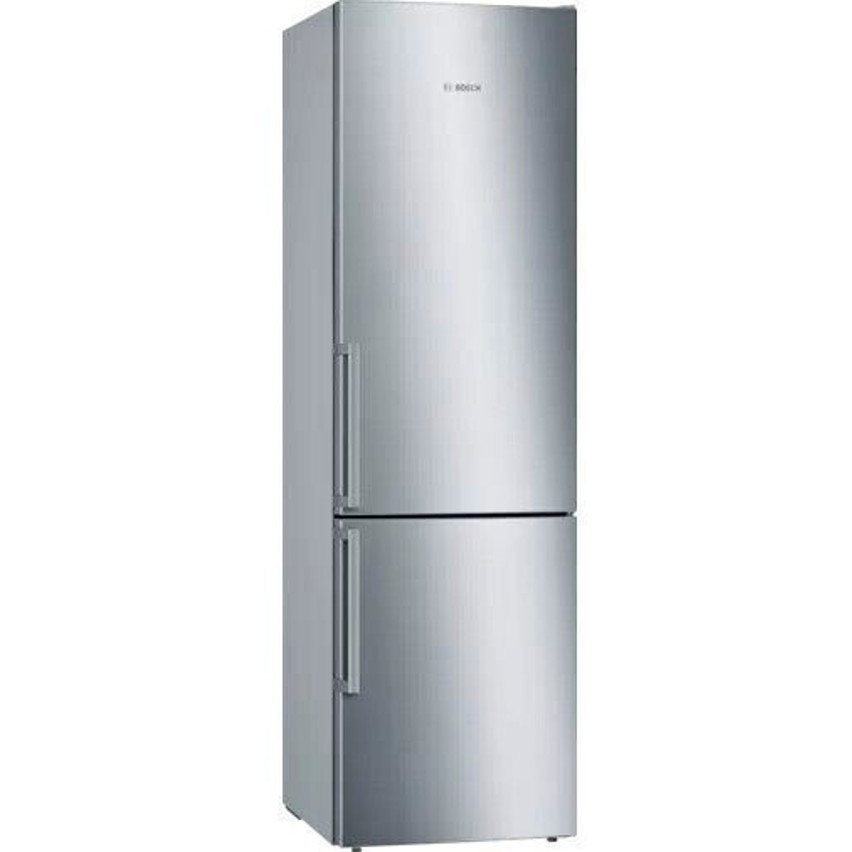
Gefriertruhe 200l Preisvergleich
Add a review FollowOverview
-
Founded Date June 6, 1994
-
Sectors Regulatory Affairs Department
-
Posted Jobs 0
-
Viewed 3
Company Description
A Brief History Of Freezer Energy Efficiency Class C History Of Freezer Energy Efficiency Class C
Understanding Freezer Energy Efficiency Class C: What You Need to Know
In today’s environmentally mindful world, energy efficiency has actually gained significant significance amongst consumers and producers alike. When it concerns household appliances, a freezer’s energy efficiency score can considerably affect energy intake and energy expenses. This blog site post will explore Freezer Energy Efficiency Class C– what it means, how it compares to other classes, and tips on how to enhance energy efficiency in freezers.

What Does Energy Efficiency Class C Mean?
Energy efficiency classes are standardized rankings that show how much energy an appliance takes in relative to its output or performance. These classes range from A to G, with A being the most effective and G the least.
Freezers with an Energy Efficiency Class C score are thought about typical in regards to energy consumption. They aren’t the most efficient options offered, but they typically cost less than higher-rated designs.
Energy Efficiency Classes
| Energy Class | Description |
|---|---|
| A+++ | Extremely effective |
| A++ | Very efficient |
| A+ | Efficient |
| A | Moderate efficiency |
| B | Below par |
| C | Average |
| D | Second-rate |
| E | Poor |
| F | Really poor |
| G | Exceptionally poor |
Secret Characteristics of Class C Freezers
-
Energy Consumption: Class C freezers generally take in more electricity compared to their more effective counterparts. This indicates that while they may be less expensive to purchase, it may cost more to operate them gradually.
-
Initial Cost: Freezers with a Class C ranking often have lower in advance expenses, making them attractive for budget-conscious consumers.
-
Size and Capacity: Class C models can can be found in various sizes, from compact systems to larger chest freezers. This variability permits consumers to choose a design that fits their needs without compromising on cost.
-
Cooling Technology: Many Class C freezers use conventional cooling methods instead of sophisticated innovations found in higher-rated models. As a result, their cooling performance might not be as constant.
Benefits and drawbacks of Class C Freezers
Pros:
-
Affordability: Generally, Class C freezers have lower preliminary expenses compared to higher-rated designs, making them available for consumers on a budget plan.
-
Sufficient for Average Use: For homes that don’t frequently use a freezer or shop large amounts of food, a Class C freezer may offer adequate performance.
-
Simpler Features: Many Class C designs concentrate on basic functionalities, do not have complex functions, and are often easier to use.
Cons:
-
Higher Energy Costs: The continuous energy consumption can result in higher energy expenses, negating the cost savings from the lower purchase price.
-
Ecological Impact: Less energy-efficient appliances contribute to greater carbon footprints, which can be a concern for ecologically conscious customers.
-
Limited Longevity: Class C systems might not last as long as more effective models, causing more regular replacements and increased waste.
Tips for Improving the Energy Efficiency of Class C Freezers
-
Proper Location: kühlschrank mit 0 grad zone test Place the freezer in a cool, well-ventilated location far from direct sunlight and heat sources like ovens and dishwashers.
-
Temperature level Settings: Set the freezer temperature level to ideal levels (normally around -18 ° C or 0 ° F )to guarantee effective operation
-
. Keep It Full: A full freezer operates more effectively than an empty one. If you do not have sufficient food to fill it, think about using ice packs or containers of water to occupy area.
-
Regular Maintenance: Clean the coils and gasket seals regularly to ensure the freezer runs effectively and doesn’t have to work more difficult than required.
-
Reduce Opening the Door: Each time the freezer door is opened, cold air gets away. Decrease door openings, and attempt to secure items quickly.
FAQs About Freezer Energy Efficiency Class C
1. How does a Class C freezer compare to Classes A and B?
Class Gefrierschrank Energieeffizienzklasse C freezers are less energy-efficient than Classes A and B. They take in more electrical energy and normally cost more to operate over time.
2. Is it worth buying a Class C freezer?
If you’re on a budget plan and don’t need high energy efficiency for erratic usage, a Class C freezer may be an ideal choice. However, consider long-term energy costs before acquiring.
3. Can I update a Class C freezer for better efficiency?
Yes, improving energy efficiency can be possible through proper upkeep, mindful usage, and Side By Side Kühlschrank Mit Wasserspender following recommended operational practices.
4. What is the typical life expectancy of a Class C freezer?
The life-span of a Class C freezer is generally between 10 to 15 years, depending on use, brand, KüHlschrank Ohne Gefrierfach and upkeep.
5. Will a greater energy class conserve me cash?
For the most part, purchasing a greater energy class freezer (A or A+) can lead to cost savings on energy expenses, balancing out the preliminary purchase expense over time.
Freezer Energy Efficiency Class C is a viable choice for gefriertruhe energieeffizient (nerdgaming.Science) many consumers. While they may do not have the energy efficiency of higher-rated models, their price and appropriate efficiency make them a possible choice for budget-conscious households. By comprehending energy classes, customers can make educated choices and Refrigerator With Ice Cube Dispenser Offer take actions to improve the efficiency of their appliances, leading to both savings and accountable energy usage. As the world moves towards greener services, considering energy-efficient appliances in our homes becomes more vital than ever.
